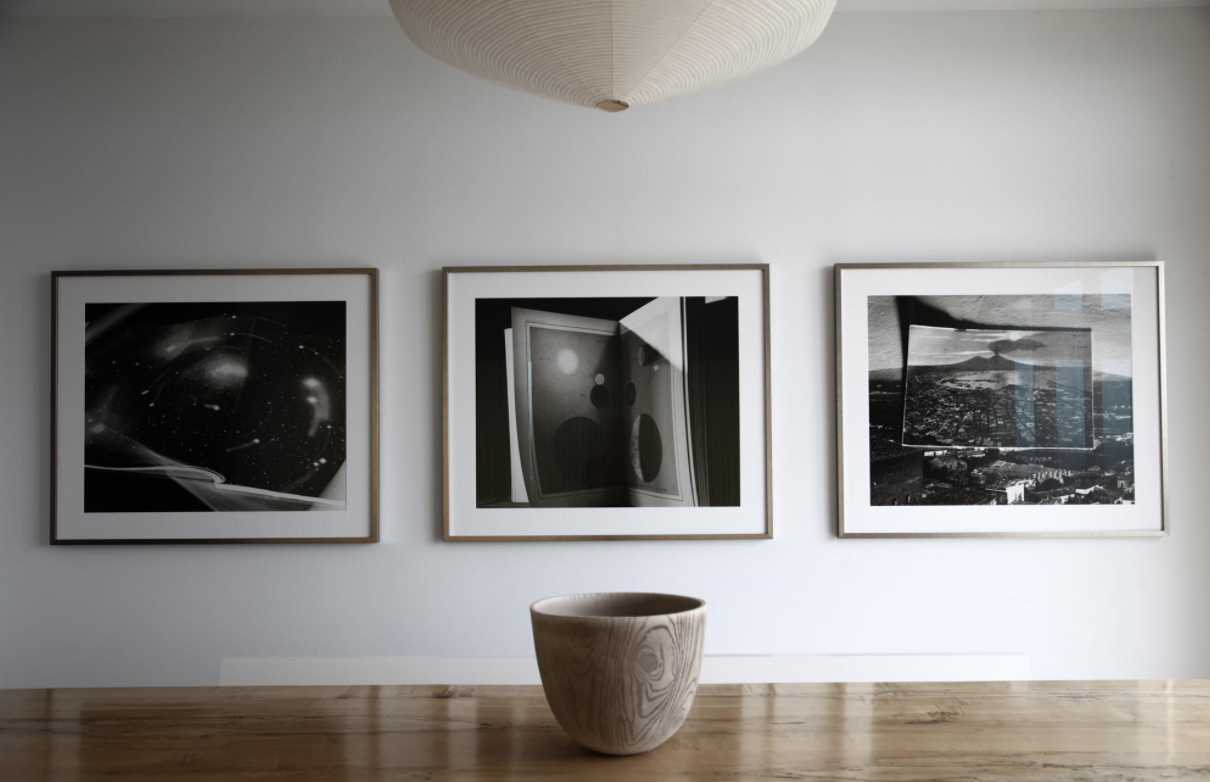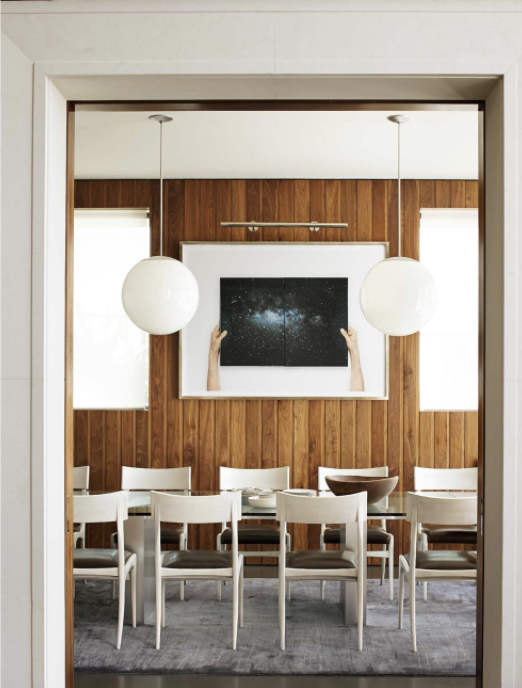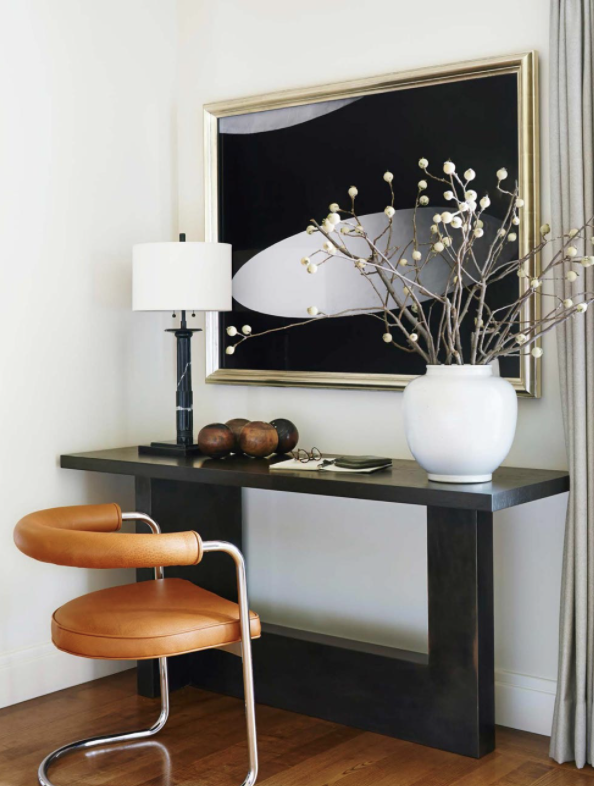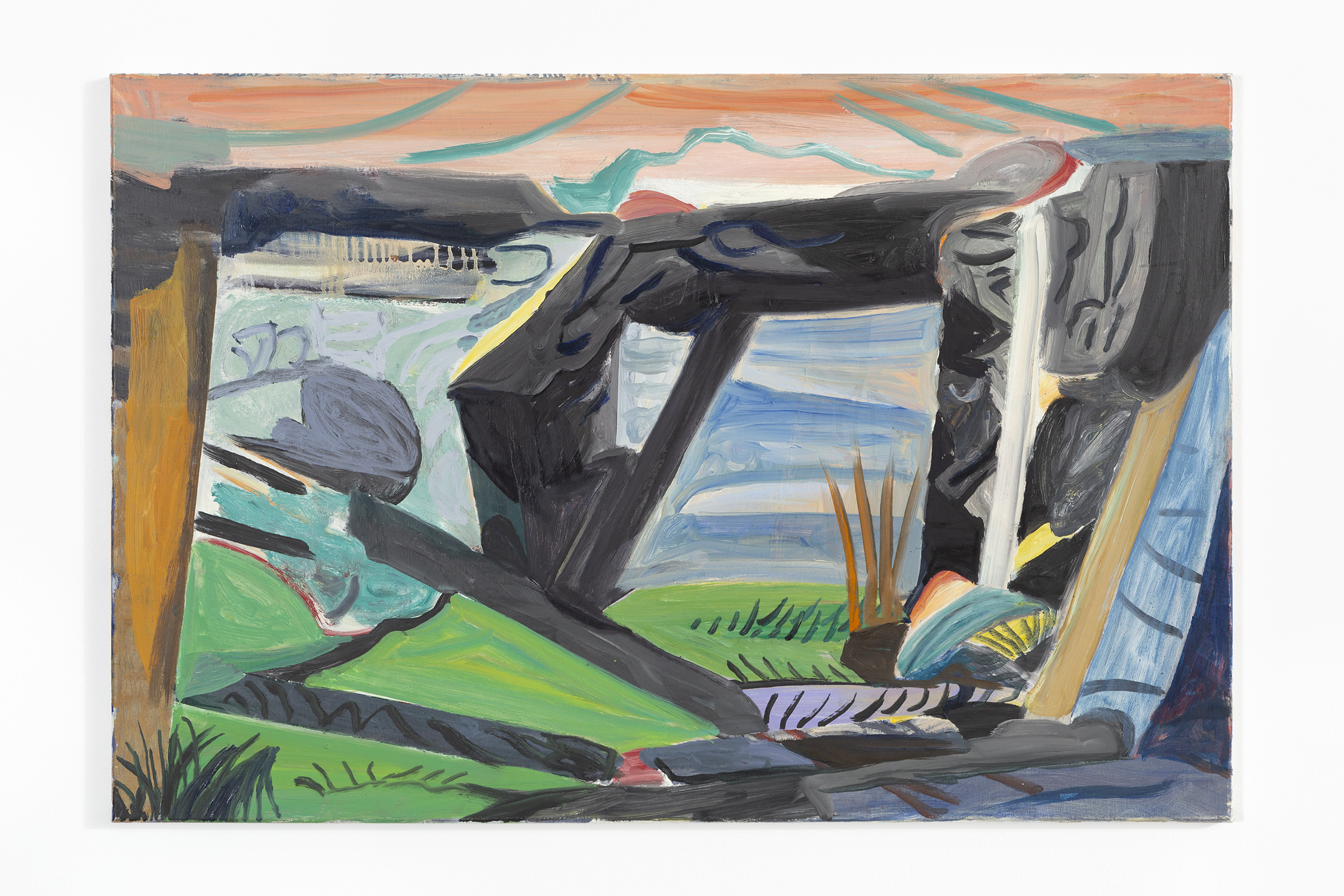This month, we have an exciting collection of contemporary art and mid century modern furniture to feature. The gallery is open by appointment only— if there are any pieces available you would like to see in person, please contact info@matthewrachman.com or call 773.245.3182 and we would be happy to set up a time.
This month we would also like to feature the work of Dan Fink Studio, a New York based interior design firm. Fink’s designs are warm and eclectic, incorporating elements of traditional, contemporary, and mid century design. His pallets are muted to elevate the beautiful textures: mohair, wood, marble, lacquer, mirror. His space planning is inventive, putting furniture in unexpected but beautiful and functional places.
Charlotte Perriand designed the Les Arcs ski resort in Savoie, France in the 1960s. Employing her signature modern style, Perriand designed every piece of the buildings to be built quickly and efficiently given the resorts location and limited seasonal building time. This sconce is a prototype for the metal wall sconces created for the bedrooms. Sleek and simple, Perriand creates a visually interesting and functional wall fixture with simple materials. The bulb sits directly behind the metal sheet, providing a defused wash of light on the walls.
This set of chairs was designed by Frank Gehry, an American architect born in Canada who has designed some of the world’s most famous buildings. These chairs are made of long strips of maple, bent and formed into tall, sleek chairs. The design is unique by bending a strong sturdy material, using wood to form a basket weave on the seat of the chair.
Slater Sousley’s plein air paintings capture the serenity of nature. In “The Woods Beckon” we see his expert shine through— painterly strokes that blur lines, soften contours, and emphasize the subtle movement of the woods. He works quickly to capture the exact light, seen in his deft use of highlight.
Gustav Axel Berg was a Swedish furniture designer working in the middle of the 20th century. He operates in standard mid-century materials: simple, textural upholstery and bent light woods. Berg’s furniture is especially curved, utilizing exact contours and innovative silhouettes. These chairs, made of patent leather and birch, are the epitome of Berg’s work. The woven patent leather is unexpected but beautiful, and the detailed curves add interest to these simple chairs.





















